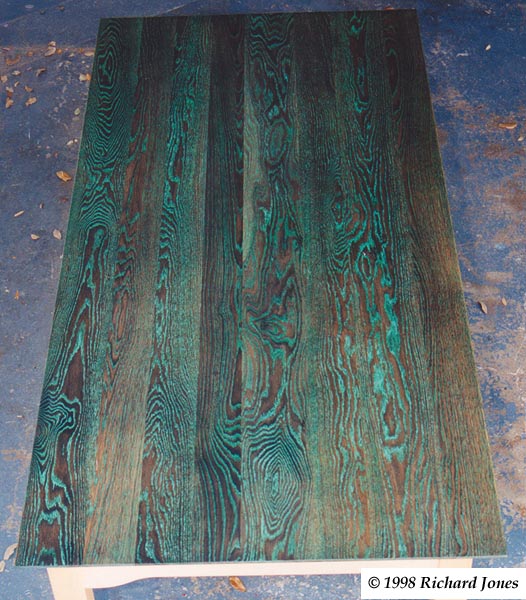I think I'm working above my pay grade again.
My latest box is made from the above woods, mainly because i like the stripes and the colours, but both of these are very open pored, and I'm having a problem getting a smooth surface on them.
Normally I use 320 grit and thats fine for what I want, but the uneven surfaces of both of these are annoying me a little bit.
Can the open grain be (fairly) easily filled? If its an arcane answer like japanning or french polishing, dont bother to try to tell me cos I aint got the patience.
To be honest, the zebra is not as bad as the rosewood, which is so uneven it looks like it hasnt been sanded at all.
My latest box is made from the above woods, mainly because i like the stripes and the colours, but both of these are very open pored, and I'm having a problem getting a smooth surface on them.
Normally I use 320 grit and thats fine for what I want, but the uneven surfaces of both of these are annoying me a little bit.
Can the open grain be (fairly) easily filled? If its an arcane answer like japanning or french polishing, dont bother to try to tell me cos I aint got the patience.
To be honest, the zebra is not as bad as the rosewood, which is so uneven it looks like it hasnt been sanded at all.





